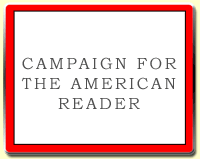
One heartbreaking fight on the list:
On Chesil Beach, by Ian McEwanRead about all ten marital rows on Mullan's list.
The best thing about this novel is the final bitter argument between husband and wife on the disastrous first night of their honeymoon. McEwan lets you see how each had the chance to relent, but resentment keeps making the cruellest jibe the most tempting thing to say.
On Chesil Beach also appears on Eli Gottlieb's top 10 scenes from the battle of the sexes.
--Marshal Zeringue







































